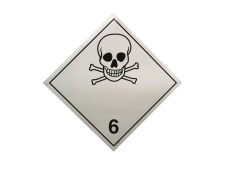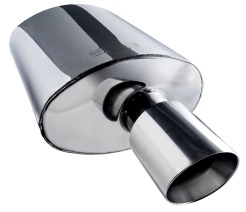"What are the Carbon Monoxide Poisoning Symptoms?"
Symptoms
There are a number of carbon monoxide poisoning symptoms. If you or your family members have a symptom or multiple symptoms, you really need to check your carbon monoxide levels through carbon monoxide detectors.

Carbon monoxide is a tasteless and odorless gas. The carbon monoxide detectors are the only way of knowing if carbon monoxide is present in your home.
- Mild headaches
- Nausea
- Shortness of Breath
- Dizziness
- Fatigue
- Depression
- Abdominal Pain
- Fainting
- Seizure
You can't say that any of these symptoms is definitely related to carbon monoxide. That is why these symptoms are often diagnosed as the flu or food poisoning. Having any symptoms is even more of a reason to check the carbon monoxide levels within your house.
Treatment for Poisoning
If you suspect a family member has carbon monoxide poisoning symptoms you need to take him or her away from the source of the carbon monoxide. Get outside and get some fresh air. Open doors and windows and turn off any appliances that could be causing the emission of carbon monoxide.
Take the person to a hospital emergency room as soon as possible where they will be able to check blood levels for carbon monoxide. Oxygen helps to speed up the recovery process. Emergency personnel will be able to use oxygen masks and other techniques to hasten the recovery.
One of those techniques is hyperbaric oxygen therapy. It involves a chamber that has higher oxygen levels than atmospheric pressure.
Find out what the source of the carbon monoxide is and then fix it. Make sure you keep people away from the carbon monoxide source until you can fix it.
Types of Poisoning
Acute Poisoning
Acute poisoning is when the poisoning occurs all at once. Depending on the concentration of the carbon monoxide, a person exposed could get a headache or in the most extreme cases, a person could die. Here are some examples of the symptoms at different concentrations:
- 35 ppm - headaches after six to eight hours
- 800 ppm - nausea and dizziness after 45 minutes
- 12,800 ppm - unconscious after a few breaths, death in three minutes
Chronic Poisoning
Chronic poisoning occurs when there is constant exposure to low levels of carbon monoxide. This constant exposure builds up and can cause issues. A person might have constant headaches and nausea. If you suspect carbon monoxide poisoning symptoms, you need to check the carbon monoxide levels in your house.
Sources of Carbon Monoxide

There are several causes of carbon monoxide gas. The gas can be generated from such things as the exhaust of car engines, cigarette smoke, house fires, furnaces that are not working properly, propane-fueled equipment, or lawn-powered tools.
Most of the poisoning will occur in interior enclosed places. In an open exterior environment the gas will get better dispersed.
Weird Fact
There have been reported stories of houses that have been haunted over the years. It was later found that some of these cases included carbon monoxide poisoning symptoms.
Some of the cases involved faulty furnaces or water heaters. The carbon monoxide caused delusions which resulted in the stories of ghosts and houses that were haunted.



